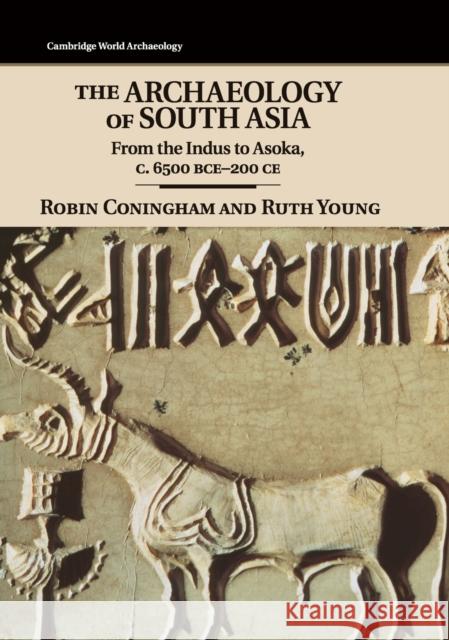The Archaeology of South Asia: From the Indus to Asoka, C.6500 Bce-200 Ce » książka
topmenu
The Archaeology of South Asia: From the Indus to Asoka, C.6500 Bce-200 Ce
ISBN-13: 9780521846974 / Angielski / Twarda / 2015 / 556 str.
The Archaeology of South Asia: From the Indus to Asoka, C.6500 Bce-200 Ce
ISBN-13: 9780521846974 / Angielski / Twarda / 2015 / 556 str.
cena 653,25
(netto: 622,14 VAT: 5%)
Najniższa cena z 30 dni: 646,63
(netto: 622,14 VAT: 5%)
Najniższa cena z 30 dni: 646,63
Termin realizacji zamówienia:
ok. 22 dni roboczych.
ok. 22 dni roboczych.
Darmowa dostawa!
This book synthesises the archaeology of South Asia from the Neolithic period (c.6500 BCE) to the third century BCE.











